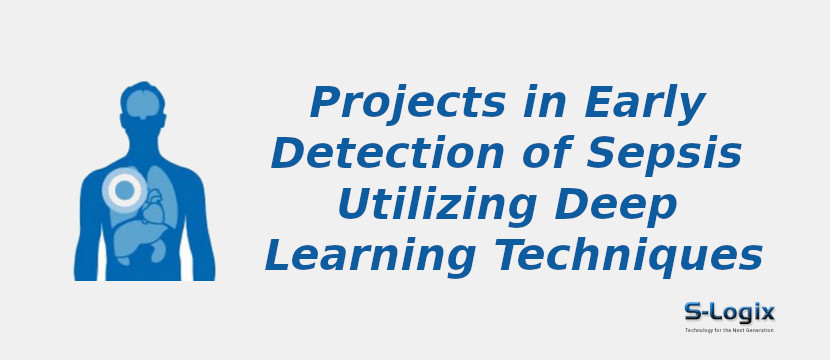Project Background:
Early detection of sepsis utilizing deep learning techniques is rooted in the critical need to improve patient outcomes and reduce mortality rates associated with this life-threatening condition. Sepsis, a dysregulated immune response to infection, is a leading cause of morbidity and mortality worldwide, with early detection being crucial for timely intervention and effective treatment. Traditional methods for identifying sepsis rely on clinical judgment, and physiological parameters may delay diagnosis or lead to under-recognition of the condition.
By analyzing diverse patient data, including vital signs, laboratory results, and clinical notes, deep learning models can learn complex patterns indicative of sepsis onset, enabling healthcare providers to intervene promptly and initiate appropriate treatment strategies. Moreover, these models have the potential to monitor patients in real-time continuously, provide early warnings of impending sepsis development and facilitate proactive interventions to improve patient outcomes. Thus, the project aims to harness the power to revolutionize sepsis detection, ultimately saving lives and reducing the burden of devastating conditions on healthcare systems worldwide.
Problem Statement
- Early detection of sepsis remains challenging due to the subtle and heterogeneous nature of its clinical presentation.
- Existing methods for sepsis detection often lack sensitivity and specificity, leading to missed diagnoses or delayed interventions.
- Deep learning techniques offer promise in leveraging complex patterns from diverse patient data sources for improved sepsis detection.
- The interpretability of deep learning models in identifying key features indicative of sepsis onset requires further refinement for clinical utility.
- The scalability and generalizability of deep learning-based sepsis detection systems across healthcare settings and patient populations pose significant challenges.
Aim and Objectives
- Enhance early detection of sepsis through the application of deep learning techniques.
- Develop accurate deep-learning models for sepsis detection.
- Improve model interpretability to understand underlying patterns.
- Ensure scalability and generalizability across diverse patient populations.
- Facilitate timely interventions and improve patient outcomes.
- Collaborate with healthcare professionals to integrate deep learning solutions into clinical practice.
Contributions to Early Detection of Sepsis Utilizing Deep Learning Techniques
- Enhancing early detection accuracy through the application of deep learning models.
- Improving timeliness of interventions and reducing mortality rates associated with sepsis.
- Advancing understanding of sepsis pathophysiology through interpretable model insights.
- Facilitating proactive patient monitoring and real-time alerting for sepsis onset.
Deep Learning Algorithms for Early Detection of Sepsis Utilizing Deep Learning Techniques
- Long Short-Term Memory (LSTM)
-
Convolutional Neural Networks (CNNs)
-
Recurrent Neural Networks (RNNs)
-
Transformer-based models
-
Autoencoders
-
Variational Autoencoders (VAEs)
-
Generative Adversarial Networks (GANs)
-
Deep Belief Networks (DBNs)
-
Capsule Networks (CapsNets)
-
Attention Mechanisms
Datasets for Early Detection of Sepsis Utilizing Deep Learning Techniques
- MIMIC-III (Medical Information Mart for Intensive Care III)
-
eICU Collaborative Research Database
-
PhysioNet Computing in Cardiology Challenge (CinC)
-
eICU-CRD (eICU Collaborative Research Database)
-
Sepsis-3 dataset
-
Ohio State University Sepsis Dataset
-
Sepsis Early Prediction Challenge dataset
-
MIT-BIH MIMIC Database
-
Mayo Clinic Sepsis Detection Dataset
-
UK Sepsis Trust dataset
Software Tools and Technologies:
Operating System: Ubuntu 18.04 LTS 64bit / Windows 10
Development Tools: Anaconda3, Spyder 5.0, Jupyter Notebook
Language Version: Python 3.9
Python Libraries:
1. Python ML Libraries:
- Scikit-Learn
- Numpy
- Pandas
- Matplotlib
- Seaborn
- Docker
- MLflow
2. Deep Learning Frameworks:
- Keras
- TensorFlow
- PyTorch
